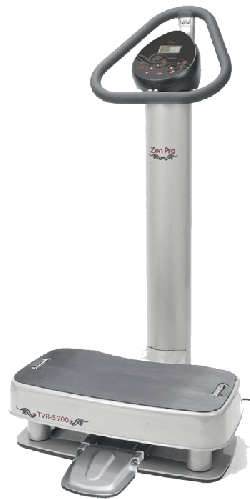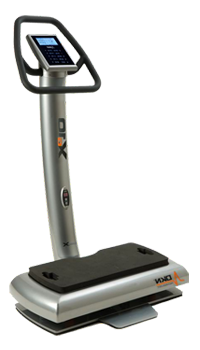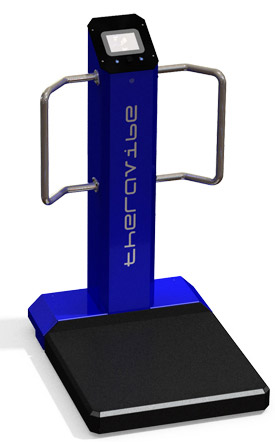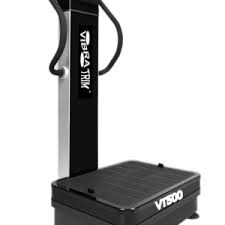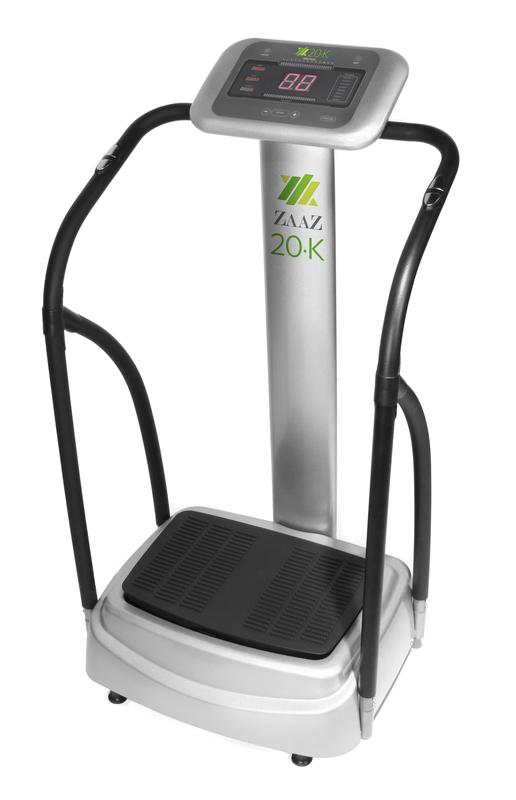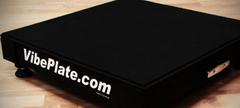Quality Grades
Ratings
Budget brands: These are good for anything more than static usage, use at your own risk. You really can't do more than pose in positions. At low wattage, you can stand on these but I wouldn't recommend doing any dynamic exercises or weight bearing exercises. These usually cost under 600 dollars, and sometimes up to 1,000 if the price is inflated. Look to see if the motor is only 200 watts and that should usually give it away. These usually weigh under 100 pounds also and are almost always all plastic. The best advice I can give is if a machine is selling under 600 dollars and they don't have a phone number to reach them, I would make sure you can contact them if there is a problem.
Residential Use: Only a very few of the residential machines have enough G force to stimulate lymphatic flow and assist in movement of toxins through circulation. Most start out at 10 hertz in the oscillating type and if linear, they usually have low wattage and not enough G force at the lower speeds, if they go low at all. (There is nothing wrong with machines that start at 20 hertz that don't do lymphatic flushing. Many gyms buy these types
Professional/Clinical Use: These are powerful enough for small gyms and chiropractic offices. These are machines designed to deliver enough G Force and Amplitude at the lower speeds which many cannot do. Many health professionals buy these and have their patients stand on them before their sessions or in physical therapy. Before getting a massage, vibrating at low speeds to stimulate the lymphatic flow and then increasing the speed to speed up blood flow (vasodilation) can make a massage session much more appealing than just going in cold.
24 Hour Gym Use: These have hardly any weight restrictions at all. Gym rats won't screw the machine up by putting a 200 pound weight on their back. These should be able to have enough power to lift up to 500 pounds. It feels great to vibrate on one of these and get the blood flowing and then hit the steam room when I am done. Just having a gym quality model doesn't mean it is better, it means it is capable of lifting more weight and for constant use.
Vibration check point list
We will find out if the manufacturers specs are right or are they lying?
1.Speed changing - tippy edge vs middle of plate
At what weight does it change speeds (good machines change at 180, better ones change at 240, best machines change at 300, high traffic commercial ones won't really change at all.
2. Are the speed settings accurate. (We set all models at 20 hertz.. do they all feel the same)?
3. People put their feet apart and close and we found the spot where each machine failed , if it did fail. We found which ones failed at 7mm and above and some lower or higher.
4. Assembly time: How hard is it to put it together. Many require tools and hard to put together.
5. Noise level (we put them all at same frequency with bare motor speed. (no people on the plate)
6 Noise level with 200 pound person on it.
7. Will they really let you return it. We call them up and some won't give us a straight answer???
8. Does it have the full range of frequencies (what is the lowest and highest)
9. How long does it take until it gets to hot t
Grading Vibration Machines:
Some videos show how their machine sounds really quiet and others are noisy. This can depend on what flooring is used. The sound can be very unpleasant to very quiet depending on if you are using it on the carpet or a hard wood floor or tile floor and if the room normally has an echo to start with. The poorly made machines will sound unpleasant no matter what type of surface and don't let them tell you it is your room or floor structure. They might tell you to get a mat.
Plate sizes:
Are you over 6 foot? It will be hard to do wide leg squats on a short plate. You can get the best machine but if it is not right for you then you probably won't like it. If you plan on doing squats while holding onto dumb bells, it will be very difficult not just on a small platform but a platform that is pivoting where you can't balance yourself when you need to hold onto a rail. The plate must also be heavy or thick gauge if you are going to add weights to your workout. With linear machines, a solid, heavy frame is a must because you should want the machine rooted to the ground and not hopping around. The light weight machine can lift off the ground with such a low amplitude that you don't see it but the slight airborne weightlessness of the machine can cause damage to the machine when heavy loads are on it.
Some companies get away with it by making platforms that don't have much amplitude. Most of the ones that don't have handle bars have low amplitudes as if they had high amplitudes, without the rails the whole machine would move around. The bars keep the base in place.
Plastic models:
I won't say that they are bad. It depends on the weight load that is on the plate. If someone is around 100 pounds, they probably don't need a 200 pound base. But, the problem is... the plastic machines usually have a slower frequency and a lower amplitude. The linear models that go to the higher amplitudes almost always are over 200 pound machines. Their motors are huge and the weight of the frame can handle its power. Just because a machine has a very powerful motor doesn't mean it will be smooth. Depending on the engineering, a motor of the same power can feel harsh or it can feel very smooth.
I am sick of every company saying they have the best one that I had to build this site. I will not sell machines that I do not approve of. I will give honest advice and reasons for my recommendations based on my research.
Know before buying
Helpful Information
- PowerVibe - VMaxFitness - DKN - Turbo Sonic - VIBEPLATE - TheraVibe - HyperGravity - VibraTrim - FitVibe - WAVE - HYPERVIBE - ZAAZ - VIVOVIBE
LymphaticVibration.com
We're Open Now
1-888-439-8986
Ask for Sharon
1-888-439-8986
We're Open Now
Ask for Jake




